P: Hi Helena, can you tell us a little bit about yourself and how you came to use manual lenses?
H: My name is Helena Normark and I was born in northern Sweden. When finished with school I moved to Stockholm to work. After a few years I met my current partner and when he got a job in Trondheim, Norway 2004 we decided to move here, which we have never regretted. Beautiful country with friendly people.
I work from home as an artist/illustrator, drawing clipart among other things. This means that I am fortunate to be able to go out whenever the light is good and my favorite weather is so called “bad weather”. Nothing livens me up more than being out with the camera in a thunderstorm or snowstorm. 🙂
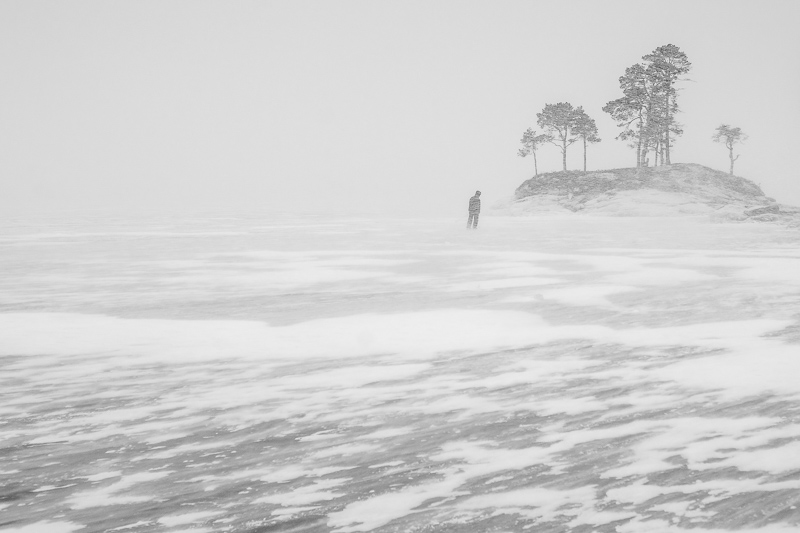
When turning seven I got my first camera, but photography as a hobby didn’t take off until 2008 when I got the Canon 5D and 35L, and eventually various other AF lenses. I enjoyed the Canon gear, but finding the alternative board at FredMiranda.com in 2012 opened my eyes to the wealth of old MF lenses, so when I stumbled upon a Sony A7 for a really good price I decided to switch systems.
First I got a few Contax Zeiss lenses which were great and I still have most of them, but they aren’t very fast or flare resistant, which is important for my style, so I ended up buying a few Voigtlanders and like them a lot.
Fall and winter (especially winter) are my favorite seasons. One of the reasons is that I like a calmness in my photos and find it easier when there is snow. Also, there are fewer people about and usually I prefer to be alone when I am out with the camera. I am part of a local photo group though and at least once a month we meet up and take a little trip or walk and it is always very nice and also inspiring to see what others come up with from the same subjects/scenery. Highly recommended!
Some winter photos, all from the Voigtlander 50/1.5 VM:
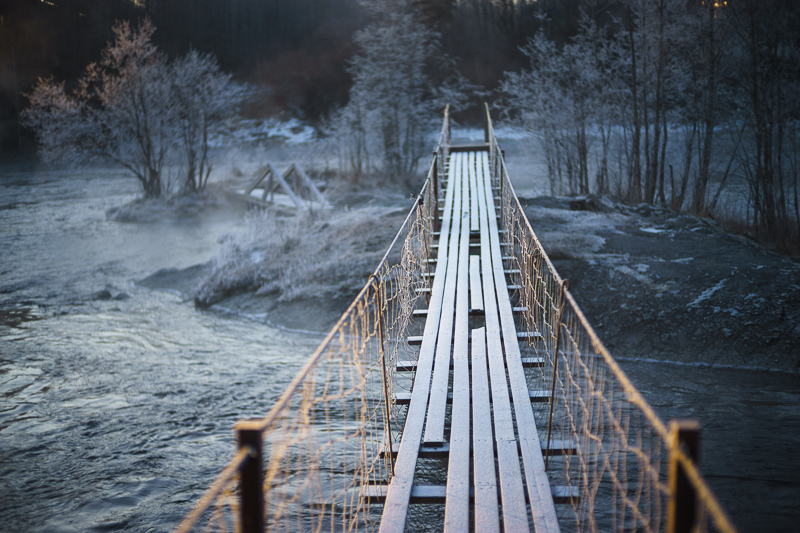
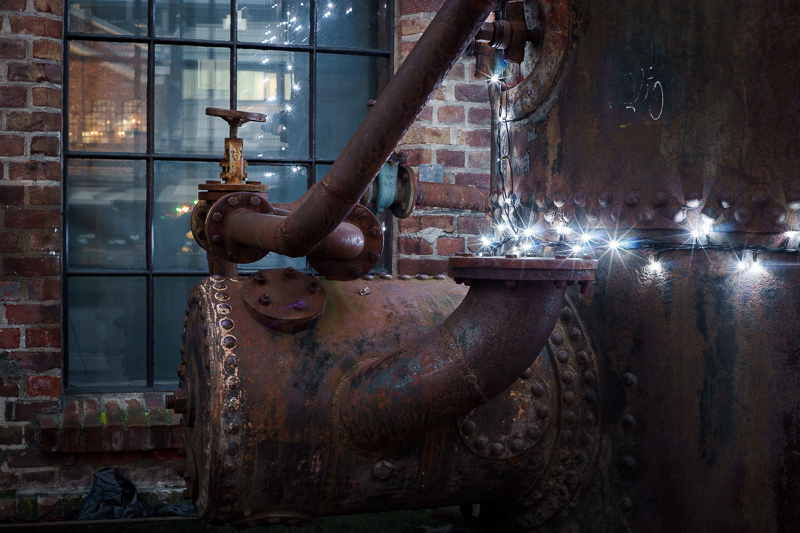
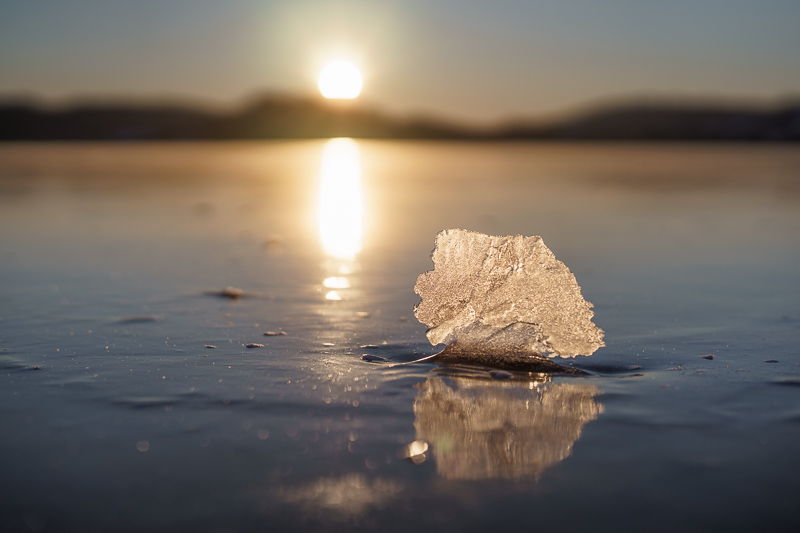
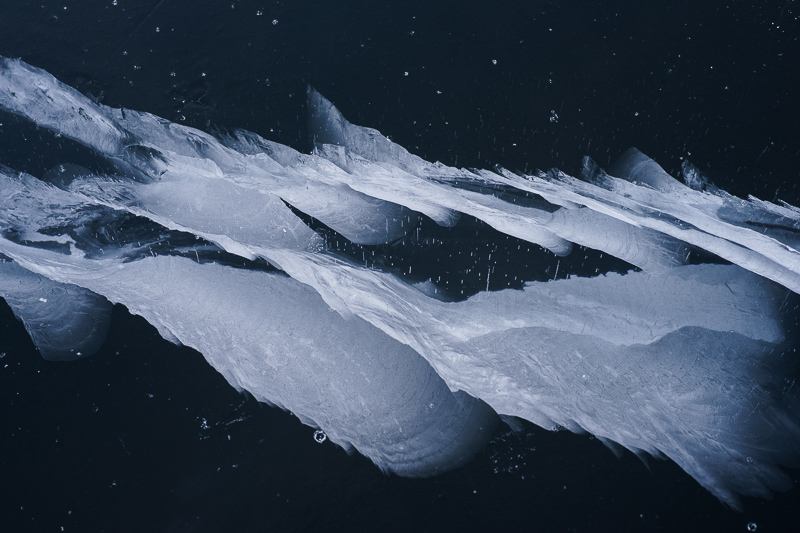
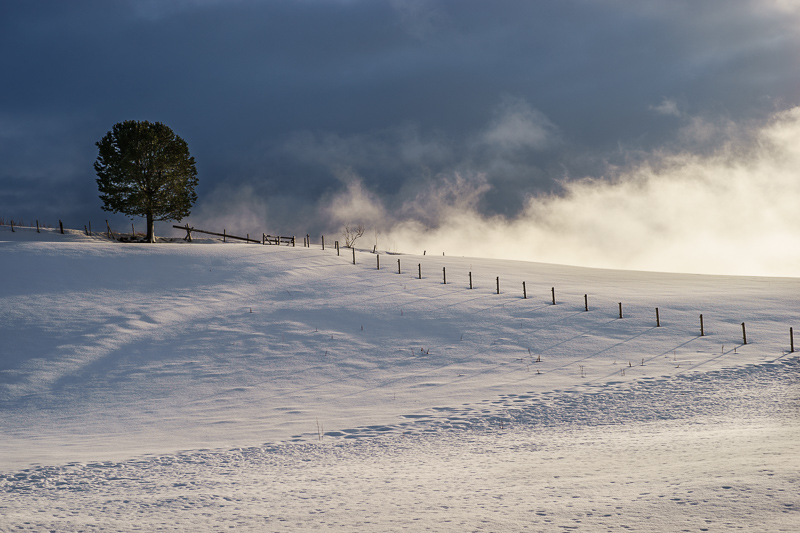
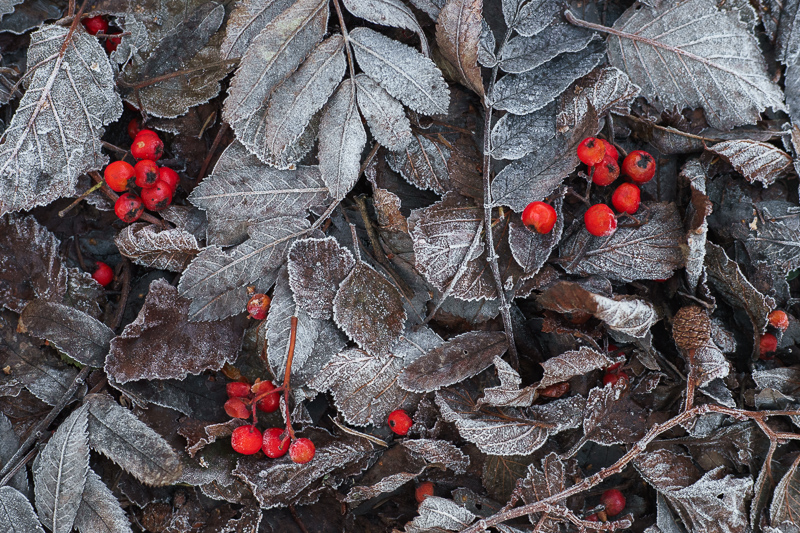
P:Can you give us a look into your camera bag and tell us a little about your gear?
Cameras
- Ricoh GR
- Sony A7
- Sony A7II
Lenses
For everyday photography, all Voigtlander VM:
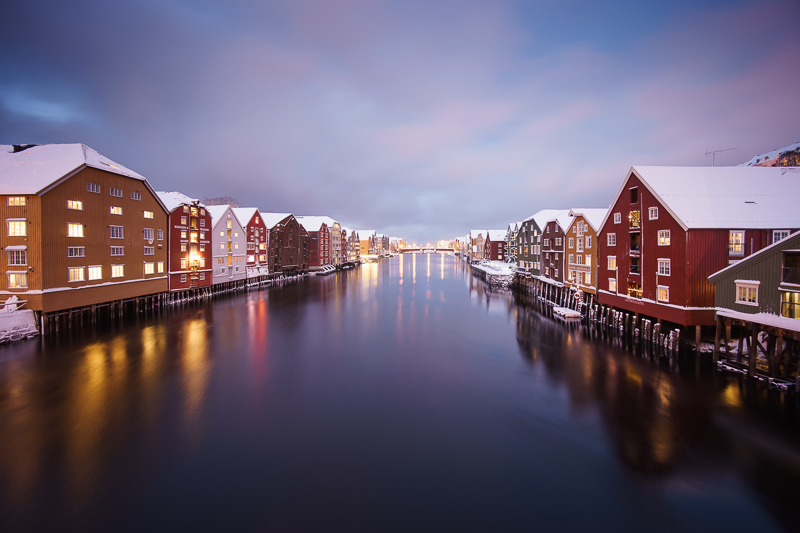
- 21mm f/1.8
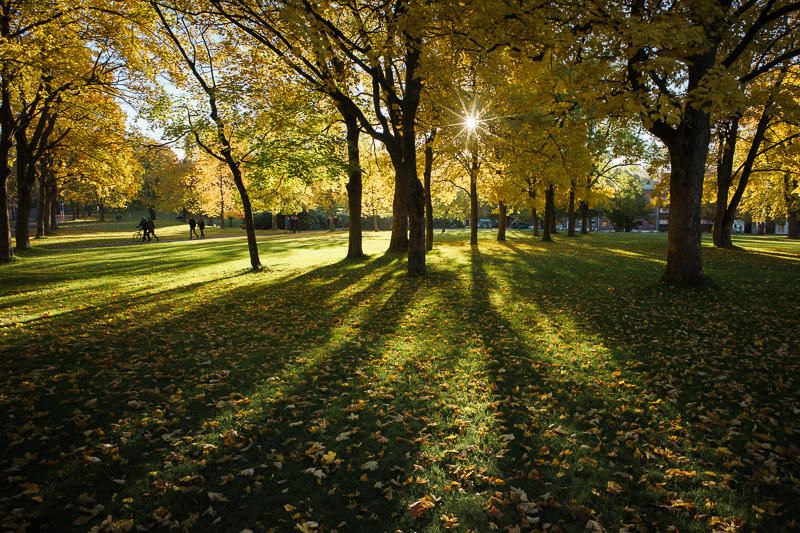

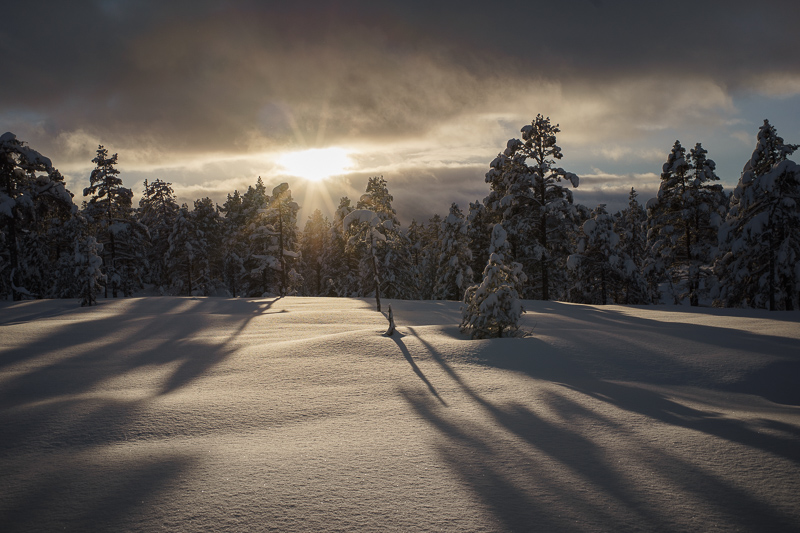
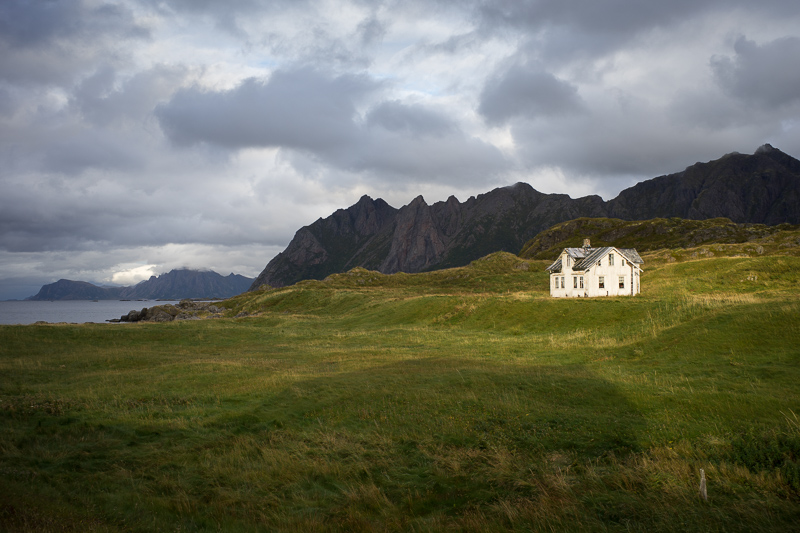
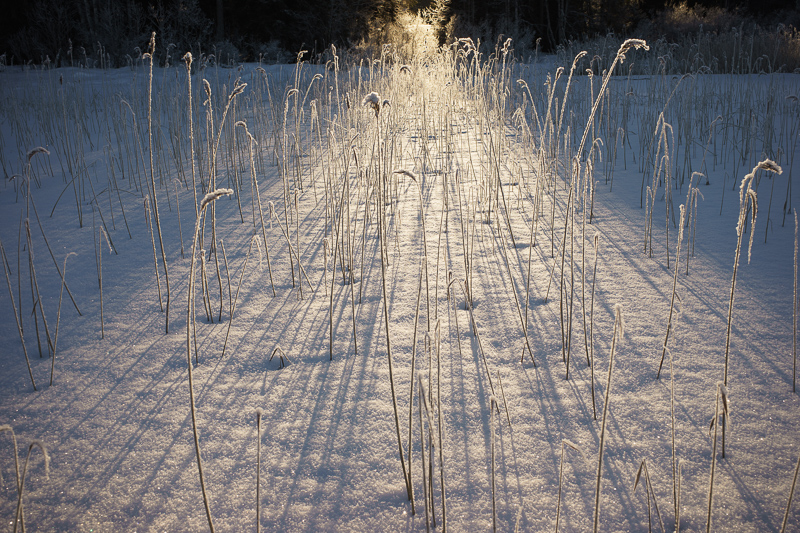
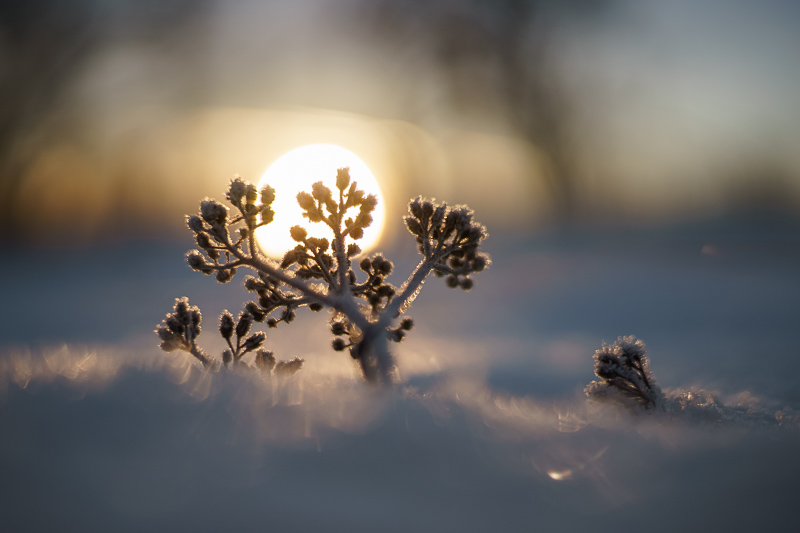
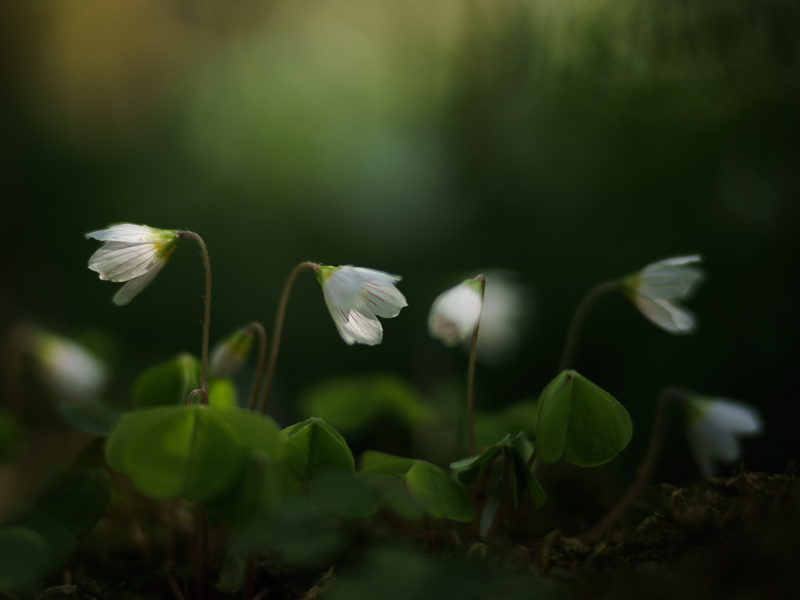
Special/creative lenses:
- Russian Monolens/Monocle 50mm. These lenses only have one glass element. This means lots of aberrations which gives an interesting glow of old times. Monocles were the main photographic tool in the pictorialism movement (late 19th and early 20th centuries), which is more about capturing the atmosphere/mood than documenting the scene. They are sharp and soft at the same time and glowy around bright areas. It’s not to everyone’s taste of course, but I like the dreamy look and sense of times gone by. Monolenses have continued to be popular in Russia and most users now are from there. The most well-known is probably Georgy Kolosov. Many people make their own using old lenses, but I bought mine from here: http://monolens.ru/models/
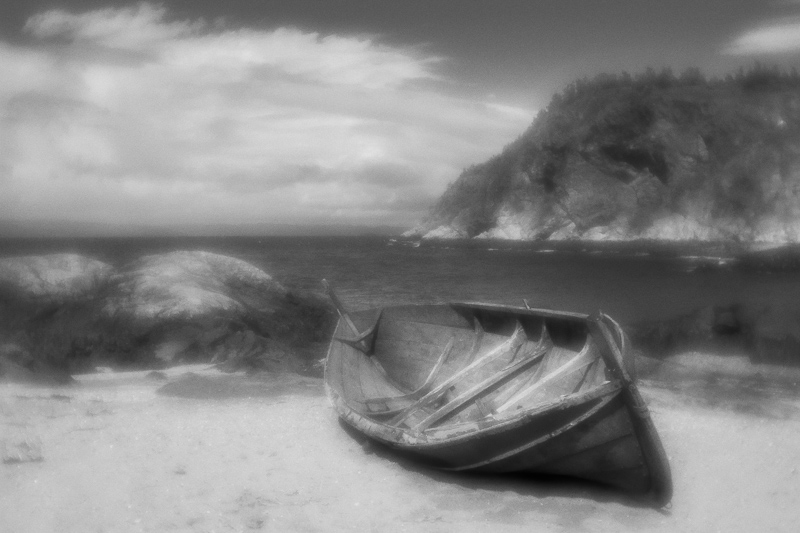

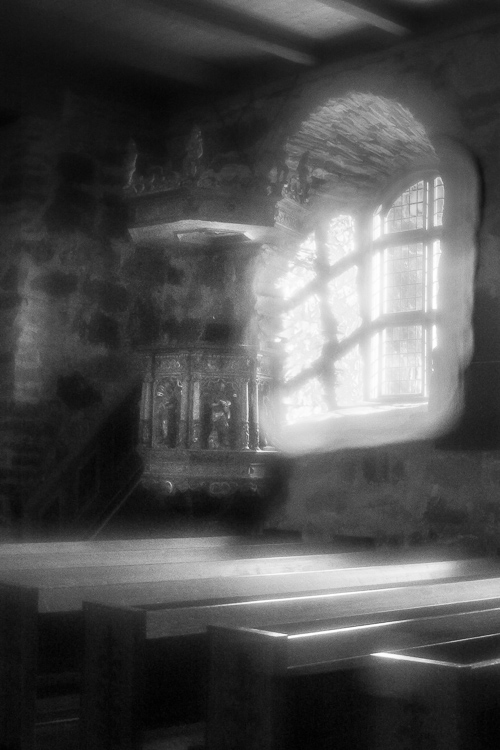
- Lensbaby Sweet 50. Lensbaby is all about selective focus, in unusual ways. These two are called “optics” and to be complete they need a lens body. I have the Composer Pro II which has a ball joint so that it can be tilted in any direction. With Sweet 50 you get a sharp spot with blur around it. The smaller the aperture the larger the sharp spot gets.
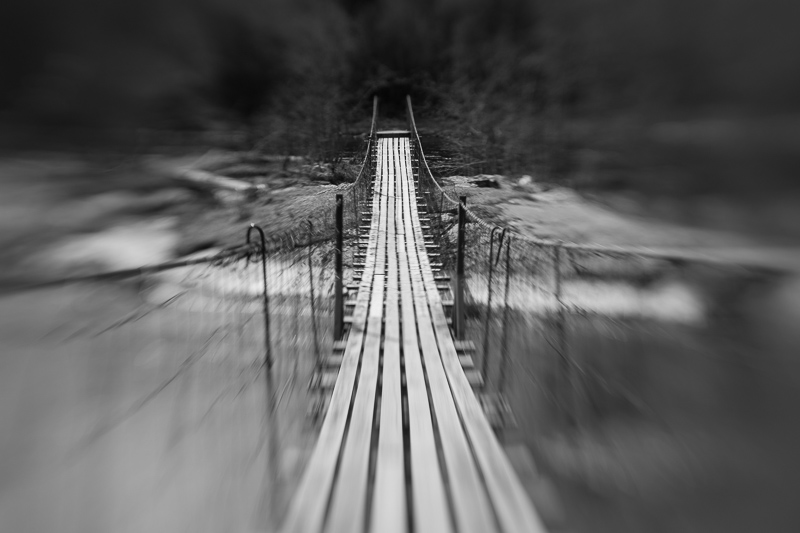
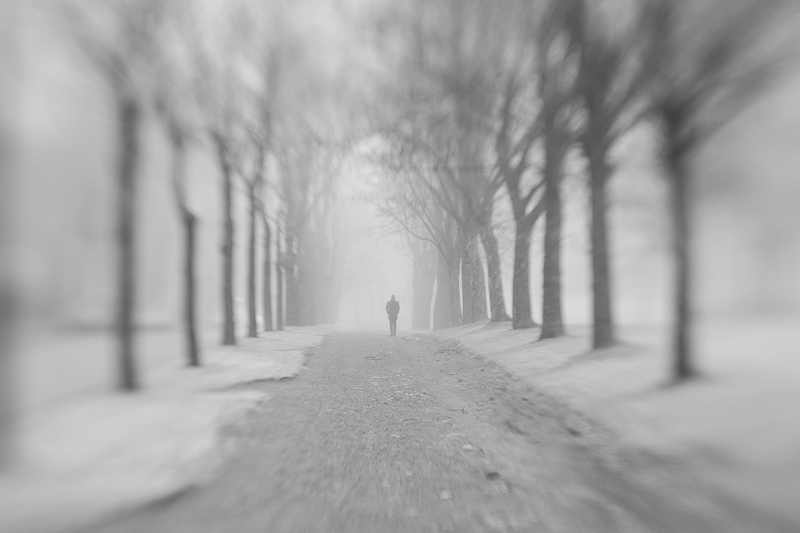
- Lensbaby Edge 50. Similar to Sweet 50, but has a sharp slice instead of a spot. You can put the slice at any angle (in the photo below I made it horizontal and placed it on the flowers). If you don’t tilt the lens body Edge 50 works as a surprisingly sharp normal lens.
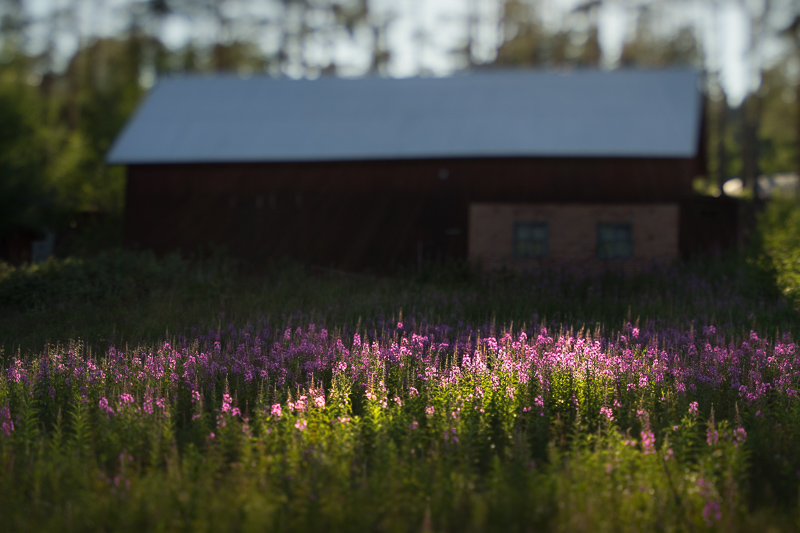
Rarely used, but will keep them for now:
- Contax Zeiss C/Y 28mm f/2.8 AE
- Contax Zeiss C/Y 50mm f/1.7 MM
- Contax Zeiss C/Y 85mm f/2.8 MMJ
- Canon FD 80-200mm f/4
P: Do you have a favorite subject matter?
H: It depends on location, mood and light, but I especially enjoy walking around in the forest looking for things highlighted by the sun:
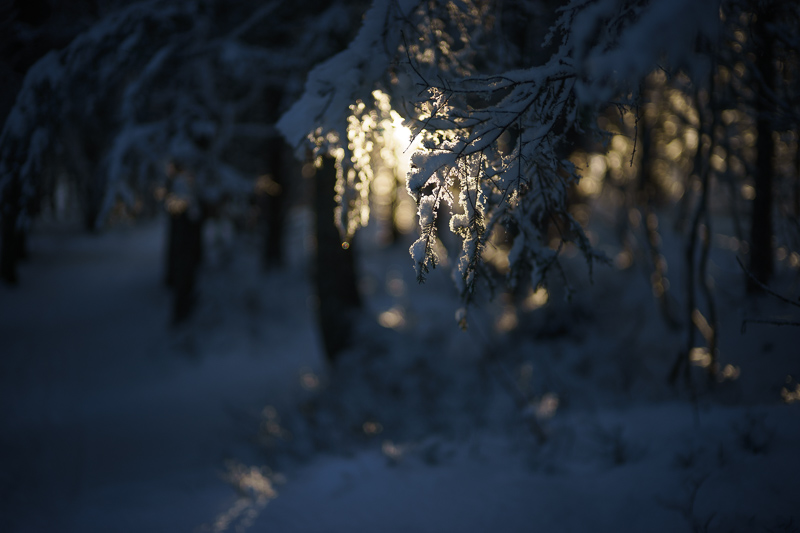
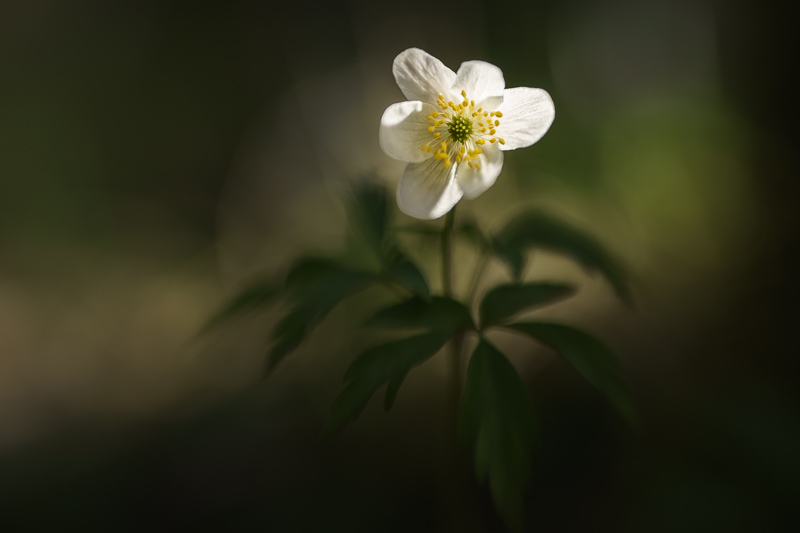
…or as mentioned above, go out in stormy weather. I work slowly, like to feel connected to the subjects and try to capture the atmosphere. I’m not very demanding and find enjoyment in walking around in the same scenery over and over again. If one really looks there are always changes and new things to see.
P: Is there a photographer which has inspired you?
H: Probably many, but I can’t think of anyone in particular right now. I look at photos online though and when outdoors I get inspired by light, nature, patterns and atmosphere.
P: Are there certain characteristics that you look for in a lens?
H: Since photography is a way for me to get away from the computer I like lenses that are either relatively neutral (making post processing easier) or add character themselves, like the Lensbaby or Monolenses. Bokeh, flare resistance, sunstars etc. is more important to me than sharpness.
P: Do you have a favorite lens at the moment?
H: Probably Voigtlander Nokton 50mm f/1.5 VM (but I hope to buy the new 40/1.2 and things may change after that). It’s not a perfect lens – bokeh can be busy at times and it has some field curvature when used on Sony A7 – but it’s the best compromise for my use. Relatively compact, sharp enough, flare resistant, nice sunstars and can share the VM-E close focus adapter with my other Voigtlanders. I’m currently also very fond of the 50mm Monolens.
P: What do you think is the best picture you have taken so far and why?
H: That is a hard question! I don’t think I have one, or at least it varies from time to time.
P: Can you suggest a lens we should review?
H: Not right now, but thank you for all the hard work you do!
P: Where can people see more of your images?
- Flickr: https://www.flickr.com/photos/helenanormark/
- Instagram: https://www.instagram.com/helena_normark/
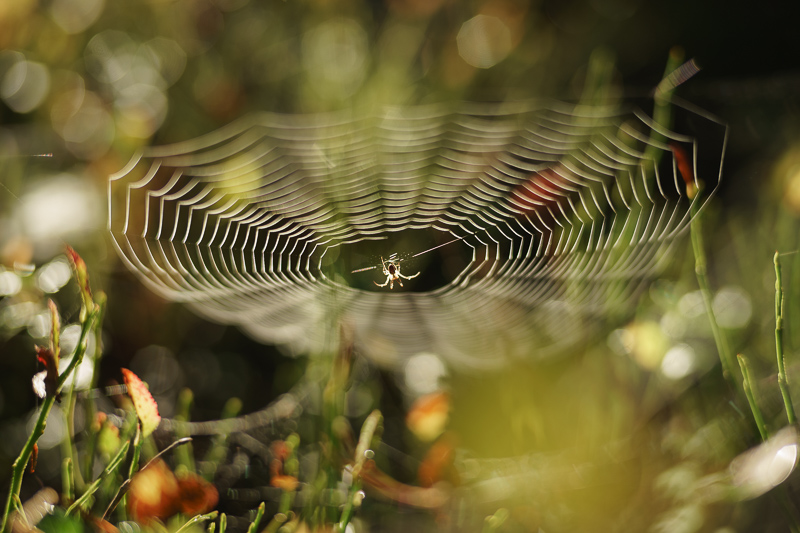
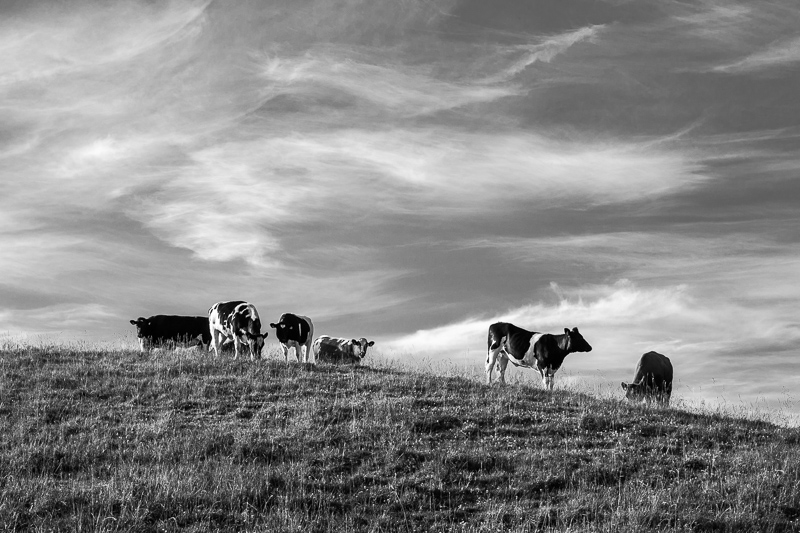
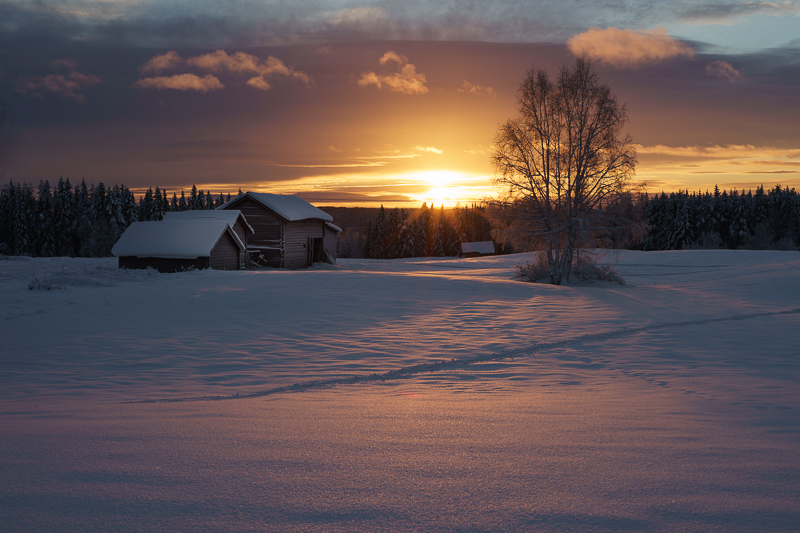
Other Articles
Latest posts by Phillip Reeve (see all)
- Review: Samyang AF 75/1.8 FE - April 12, 2021
- The FE-List now has 113 lenses on it - March 25, 2021
- 2020 – Year’s end review - December 28, 2020
Fantastic images Helena, I’ve seen your images for years and I’m always impressed.
Thank you very much Stian! Much appreciated.
Helena, how do you get so fastastic images without any vigneting with the 21mm f1.8? The images are fantastic!
Thanks a lot Jorge! The 21mm does vignette, but it’s not very obvious in photos with busy corners that are naturally dark, such as the first photo where there are trees and dark grass. In the second (the mirrored fall leaf) I think I even added some vignetting in post processing. When there is a bright sky or snow, for example, corners can be a bit dark and even have a purple cast, which I then fix in Lightroom.
Overall I like the lens a lot, but I’m thinking of trying the Voigtlander 21/4 since I rarely use wide angles and find the 21/1.8 a bit large and heavy to carry around “just in case”.
I love how the polygonal bokeh complements the spiderweb’s own polygonal structure. Pure genius.
Thank you Chris for the nice comment! Usually I wish that the Nokton’s bokeh at f/2 were round circles, but sometimes it works as it is. 🙂
Gorgeous images as always, Helena!
Thank you very much Danny!
Interesting interview, and really outstanding pictures.
You gave me new inspiration….
Vänliga hälsningar
Rolf
Tusen tack Rolf for the nice comment! So glad to “hear” it.
Helena,
Nice article! It is good to get to know more about you! I love your photographic style.
Bob, thank you very much! Means a lot.
Beautiful winter shots. Makes me want to suit up and get out during those 5 long months 🙂 Now, maybe I could persuade my boss that working from home is an acceptable proposition 😉
Thank you Patrick! Yes do, you will be rewarded. Even on sunny days the light is usually more interesting than in summer.
Best of luck with your boss! 🙂
Wonderful images Helena. So inspiring. Well done.
Thank you very much Mus!
Excellent work Helena! It is nice to get know more about your photography journey in the interview.
Still wish you had the RX1 as I enjoyed your images in that thread in the early days. Wishing you happy winter shooting and good light!
Wayne, thank you! It’s great to see you here. I remember you from the RX1 thread. Best wishes to you too!
Wow. Just don’t know how many ‘favorites’ I should click on Flickr! Outstanding photography, brava!
Thank you so much Wolfgang! Much appreciated. I will check out your Flickr when I can find the time.
Helena,
as you make photographs in bad whether. How do you avoid rain drops in the front lens? I do not like the large hoods that come with the objectives, and maybe you have build yourself something… or maybe you use a foldable hood… Just wanted to ask as whenever I go with the camera in bad whether I always get the lens wet before I make the picture 🙂 Regards, that you in advance, and sorry for the low level question 🙂
Thank you Jorge. Sorry for the late reply, but I didn’t see this until now. Raindrops (or snow) on the front lens is indeed a problem. What I do is..:
-Use an umbrella whenever possible.
-I do use hoods, but not very large ones. When there is wind I try and stand so that it blows from the side and then the hood helps a lot. (Or with the wind in my back, like the first shot on this page.)
…but sometimes you have no choice but stand so that the rain/snow blows straight onto the front lens. Then I pre-focus before taking the camera out of the bag and take the shot really quick. I use an UV/protection filter on my lenses when out in bad weather so that I don’t have to worry about scratches when wiping off water drops. When it’s really bad I actually use paper because you can only use each little micro-fiber cloth once, then it’s too wet to use again.
Hope this helps.
I always like to see your images, Helena!
Thank you very much John!
Congrats Helena !
I love your images. Nice to see you recognized here.
David, thank you very much!
Xo many great images in one article.. Congratulations, Helena – I am impressed
Hansi
Amazing pictures and those “strange” lens really make your photos unique.
I’d love to see some articles speaking of russian monocles and whatnot!